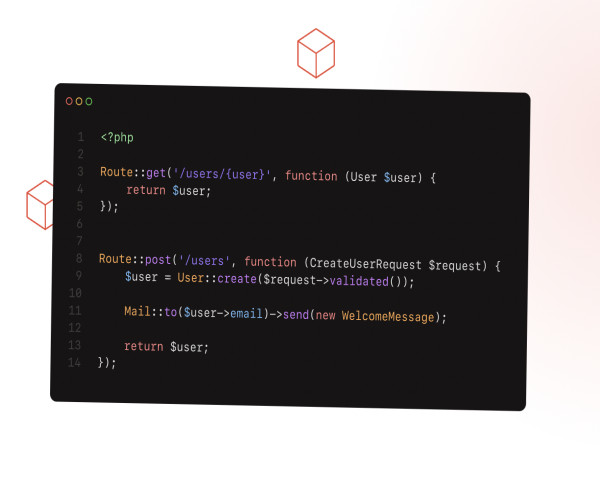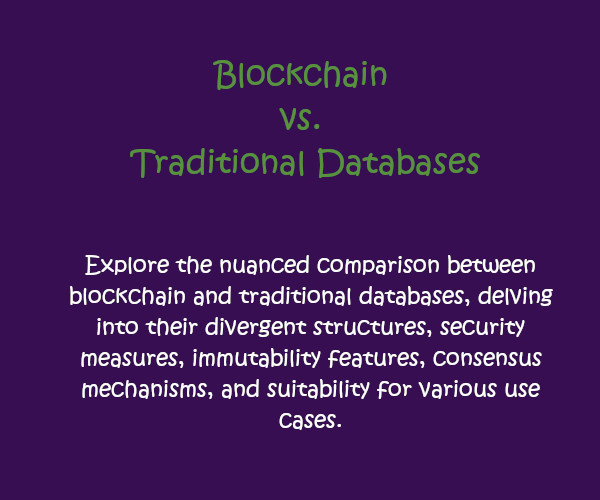Unveiling the Blueprint: Navigating the Ruby on Rails Directory Structure
The directory structure of a Ruby on Rails (ROR) application is organized in a way that follows the convention over configuration (CoC) principle. Here's a breakdown of the key directories and their purposes:
app:
controllers: Contains controllers that handle incoming requests, manage the flow of data, and render views.
models: Contains the models that represent the data structure of the application and interact with the database.
views: Contains the views that display data to users, often in HTML format.
config:
database: Configuration files related to database connections and setup.
initializers: Contains scripts that are run when the application starts, configuring various aspects.
routes.rb: Specifies the application's URL structure and maps to controllers and actions.
db:
migrate: Contains database migration files, allowing versioning and modification of the database schema.
schema.rb: Auto-generated file that represents the current state of the database schema.
public:
Static files like images, stylesheets, and JavaScript files accessible directly by the web browser.
test:
controllers, models, integration: Contains testing files for controllers, models, and integration tests, respectively.
config.ru:
Rack configuration file, specifying how the application should be run as a Rack application.
Gemfile and Gemfile.lock:
Specifies the Ruby gems (libraries) the application depends on and their versions.
lib:
Library modules and extensions that are not part of the application's main functionality.
log:
Application log files, including development.log, test.log, and production.log.
tmp:
Temporary files used by the application.
vendor:
Third-party code and libraries that are not managed by Bundler.
config/application.rb:
Configuration file for the Rails application, setting various parameters and behaviors.
config/environments:
Contains environment-specific configuration files (development.rb, test.rb, production.rb).
config/locales:
Localization files for translating the application into different languages.
public/404.html, public/500.html:
Custom error pages displayed when the application encounters a 404 or 500 error.
public/uploads:
Default location for uploaded files when using file upload functionality.
This structure follows the conventions of Rails, making it easy for developers to understand and navigate different aspects of the application. While additional directories may be present based on specific needs and configurations, the core structure outlined above is common to most Rails applications.











